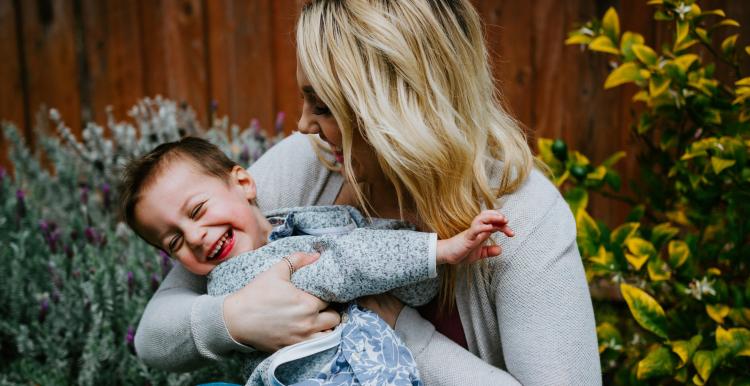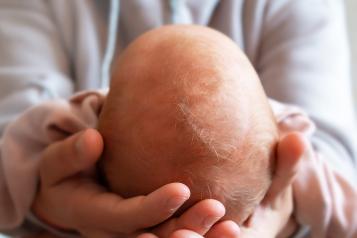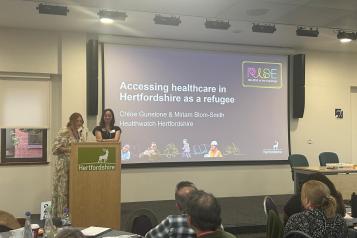Putting the voices of children and families first

Background
Child poverty in the UK is increasing, bringing poorer health and social outcomes for families on low incomes. Where someone lives can also have a huge impact on their quality of life.
Supporting the health and wellbeing of children and families is both a local and national priority. However, research projects tend to exclude the voices of children, families and the people who support them in the local community. Through this work, we wanted to hear their voices and listen to their lived experiences.
To explain how this collaborative community engagement project has taken a different approach to previous research, Dr. Julia Jones, Professor of Public Involvement and Health at the University of Hertfordshire said:
"Supporting the health and wellbeing of children and families is both a local and national health policy priority. Yet research projects often fail to include the voices of children, families and the people who support them in the local community.
"Our approach is that to understand not only the issues but also the best solutions, we need to hear their voices, and listen to their lived experiences."
What we did
Through a research partnership, we explored the health and wellbeing needs of children and families living in areas of Stevenage that are the most challenged. Partners included: University of Hertfordshire, Stevenage Borough Council, East and North Hertfordshire Hospitals Trust, National Institute of Health Research (NIHR) Applied Research Collaboration (ARC) East of England and the NIHR Research Design (RDS) East of England.
Despite disruption caused by the Covid-19 pandemic, the team from the partner organisations were able to run a number of sessions at a play centre in Stevenage.
While engaging with children and young people in fun activities such as making journals, making food from playdough and creating dolls from newspaper, researchers from the University of Hertfordshire and Healthwatch Hertfordshire were able to have supportive conversations with the children about their lives - from what meal they had eaten the night before, what hobbies and things they enjoy, to their future ambitions.
Parents got involved too and shared their challenges and experiences with us.
Children and parents shared how much the play centre and its staff mean to them. Being one of the only free play centres in Hertfordshire, it provides an important outlet and means of support for both children and families.
What next?
Reflecting on the local partnerships as being key to unlocking different way of working, Dr. Elspeth Mathie from the University of Hertfordshire and the NIHR ARC, East of England said:
"Working directly with the children, their families and the staff at the play centre gave us a much better understanding of their needs and challenges compared to other research methods - for example, greater awareness of the importance of emotional wellbeing and resilience, as much as healthy food. Several of the researchers found their own preconceptions challenged. Our collaborative partnership working also led to shared learning between researchers and play centre staff, which was valued by all involved.
"We intend to take this community engagement approach into future research projects, working with those who already have the knowledge, experience, networks and trust in a local community to gain trust and acceptance for research work. This opens many more effective avenues to understand the lives of those we are researching, and influence policy in a more meaningful way."
This research project was funded by UK Research and Innovation (UKRI) as part of their Enhancing Place-Based Partnerships in Public Engagement project, which enables members of the public to have a say in research that affects their day-to-day lives.
The full report can be found on the ARC (East of England) website.
The team also produced a short film about the project, from the perspective of researchers and play centre staff. The film is available to watch here.


